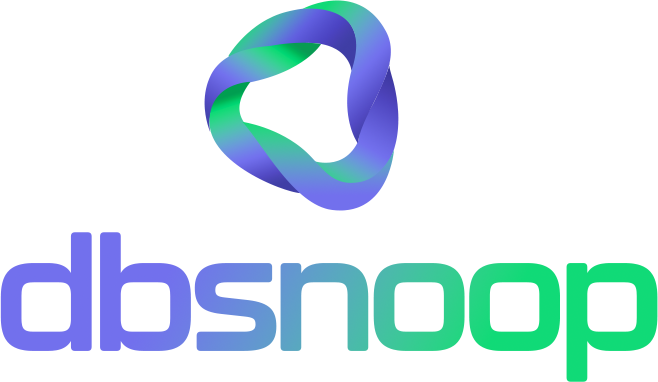

Data governance has never been a simple topic — it demands control, traceability, compliance, and at the same time, enough flexibility so that data doesn’t become a bottleneck. In 2025, this dilemma gains a new layer of solution: the incorporation of artificial intelligence into governance processes transforms the paradigm.
It’s no longer about tools that help govern data. It’s about AI acting as an active part of policy execution — anticipating risks, suggesting controls, auditing access, and preserving the integrity of the data lifecycle — in environments that grow and change every day.
From Static Framework to Adaptive Algorithm
Historically, data governance has been structured around documents, standards, and human processes. Although essential, these frameworks have obvious limitations: they are reactive, manual, and often ignored in practice.
With AI, governance gains five new pillars:
- Contextual automation (real-time actions based on patterns);
- Smart classification (data labeled according to sensitivity and usage);
- Continuous auditing (not just on demand);
- Policy suggestion based on real behavior;
- Adaptability to organizational and technological changes.
This new model — often called Governance 3.0 — is data-driven and capable of responding to the complexity of today’s multicloud, federated, and decentralized environments.

Four Fronts Where AI Is Already Rewriting the Rules
1. Autonomous Data Catalogs
Tools like Collibra, Alation, and Purview already use AI to automatically map data sources, label sensitive information, suggest semantic relationships, and detect orphaned or redundant data.
This eliminates the need for manual inventories and allows the catalog to remain alive and trustworthy, even in environments with thousands of datasets and multiple sources.
2. Data Quality with Continuous Learning
AI models trained with quality histories learn to:
- Detect anomalies in input patterns;
- Suggest (or execute) corrections based on learned rules;
- Prioritize incidents based on impact.
The focus shifts from “detection and correction” to “prevention and autonomous learning.”
3. Intelligent Security and Access
Usage behaviors are analyzed in real time to:
- Suggest granting or revoking access;
- Identify data misuse (exfiltration, anomalous behavior, access outside user profile);
- Generate automated compliance reports.
AI acts as a silent guardian, reducing risks and bringing the “zero trust” concept into practical reality.
4. Multicloud, Federated, and Distributed Governance
With the expansion of data mesh and multicloud architecture, governance is no longer centralized. AI plays a fundamental role in:
- Harmonizing compliance policies across different jurisdictions;
- Ensuring that critical data does not cross inappropriate boundaries;
- Maintaining usage traceability in federated environments.
More than controlling, it’s necessary to observe with precision — and AI delivers this level of visibility.
Clear Benefits for Those on the Frontlines
| Advantage | Direct Impact |
|---|---|
| Operational agility | Processes that used to take weeks (like access reviews) are resolved in minutes |
| Real scalability | Ability to apply policies to millions of records without increasing the team |
| Living compliance | 24/7 monitoring, with continuous alerts and audits |
| Less human error | AI detects patterns that would go unnoticed by humans |
| Actionable governance | Rules that learn and adapt without relying on recurring interventions |

What Still Needs to Be Solved
Despite the advances, AI applied to governance brings its own challenges:
- Algorithmic transparency: models need to explain why certain decisions were made — especially when involving restrictions or compliance alerts.
- Governance of AI itself: ironically, by using AI to govern data, we also need to govern the AI — controlling model versions, training data origins, biases, and ethical use.
- Legacy integration: connecting modern solutions with legacy systems remains a technical and cultural bottleneck.
Final Considerations
Artificial intelligence is changing the essence of data governance. The rigid model based on committees and spreadsheets is giving way to a dynamic, predictive ecosystem capable of scaling with system complexity.
For infrastructure, data, or compliance teams, this shift is not theoretical — it translates to less rework, reduced risk, and far greater responsiveness.
Organizations that adopt AI in governance won’t just be more secure. They will be more efficient, resilient, and prepared for the complexity of the digital age.
Visit our YouTube channel to learn about the platform and watch tutorials.
Schedule a demo here.
Learn more about Flightdeck!
Learn about database monitoring with advanced tools here.


